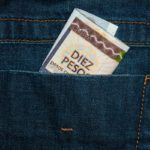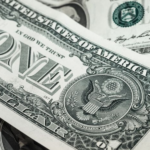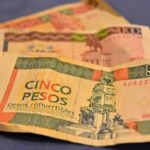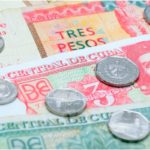Cuba is a place that everyone has heard about, but many do not know how the country actually operates.
There is confusion about what currency the country uses and how they trade with other countries.
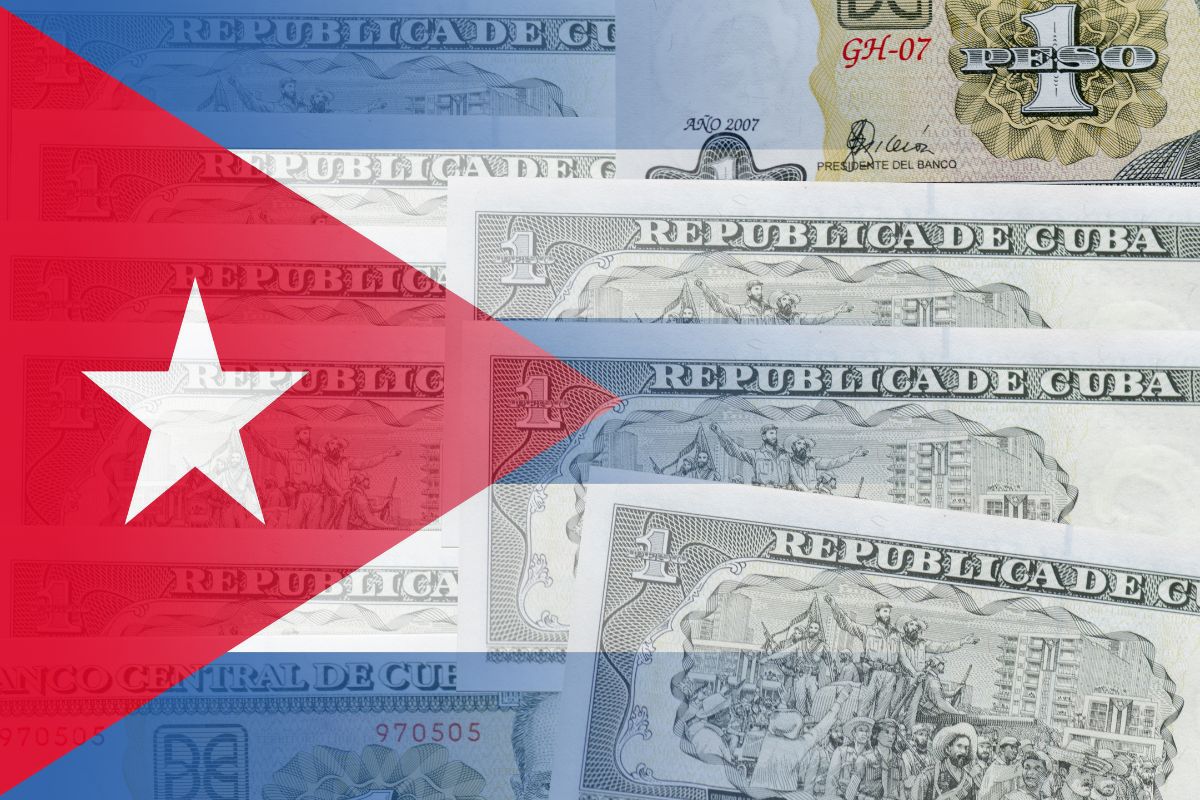
The issue of Cuba’s debt and how it repays its creditors and how the economic sanctions have affected the Cuban people are among other things we examine.
What Is The Size Of The Cuban Economy?
Cuba like many other countries is experiencing spiraling inflation with some predicting 500%.
The country has had economic growth in only three out of the last five years and its fiscal health is declining. GDP is at $142.6 billion and growth in 2021 was at -11%.
The economy declined by 10.9% in 2020 and in 2021 had grown by 2%. Prior to 2020 the Cuban economy had stagnated for several years.
The pandemic, new US trade sanctions and decades of a trade embargo cost the country $4 billion in revenue over those two years.
Devaluation of the Cuban peso for the first time since the revolution has added to the inflation pain which has only been aided by the increased dollarization of the economy.
The need for measures to deal with inflation were cited by the Cuban government but without specifically saying what they would be.
Is Cuba A Free Market Economy?
Cuba’s government is socialist and in line with the principles of socialism the country does not have a free market economy. At best Cuba has a mixed economy.
Socialist systems operate on the requirement that the means of production, distribution and exchange of goods are owned by the community. In reality this means the state.
Although recent reforms have allowed the recognition of private property which means the creation of micro, small and medium sized enterprises.
There are now more than 600,000 Cuban self-employed workers accounting for 13% of the workforce.
The list of authorized activities for small businesses grew from 127 to more than 2000 opening up a range of possibilities for private enterprises.
Cuba has reserved only a minority of sectors for the state, a total of 124, but they have not specified which sectors they are.
However, things move slowly in Cuba, so the new reforms may take some time to have an impact.
How Much Debt Does Cuba Have?
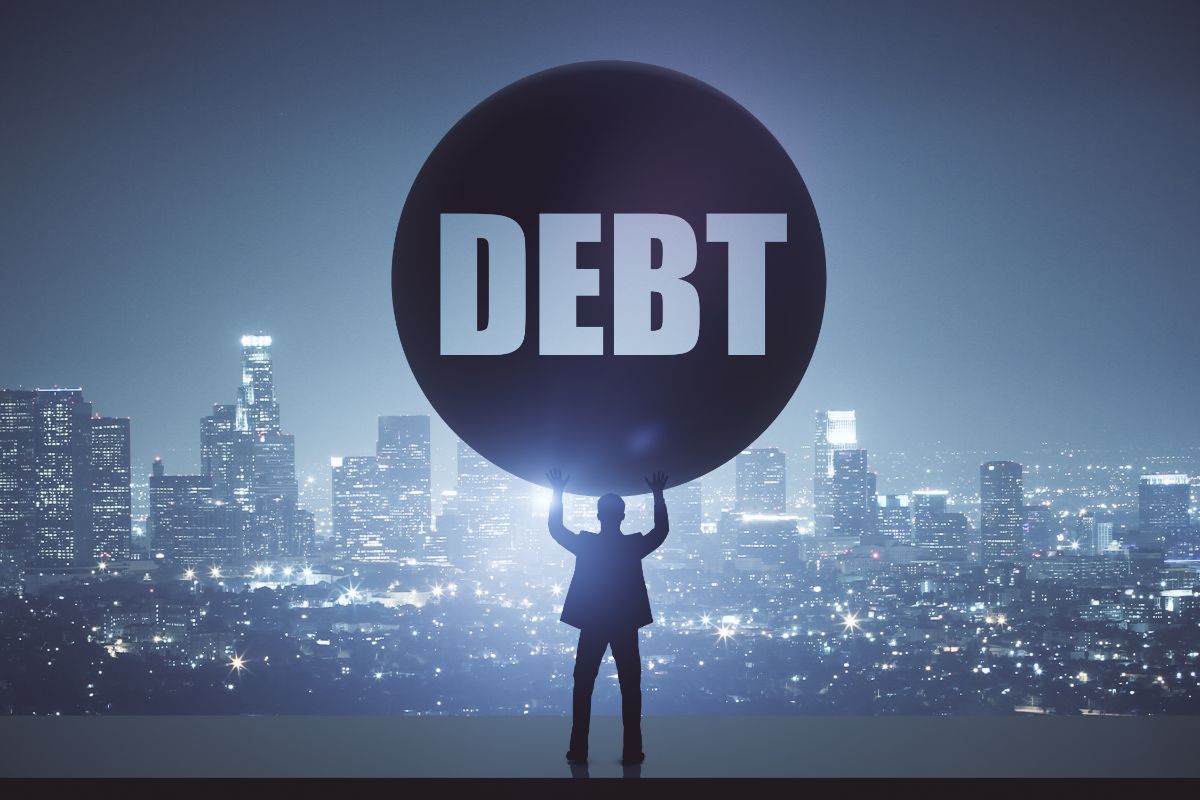
Recently Cuba has defaulted on some of its payments to creditors and suppliers.
Following the coronavirus pandemic the country has struggled to keep up with debt repayments. It has recently requested a further moratorium on payments to the Paris club of creditors.
The Paris Club consists of 22 members whose objective is to find workable solutions to payment problems for debtor nations.
Cuba owes money to 14 of the member countries including Britain, France, Canada and Japan.
Havana missed $35-$36 million in repayments in 2019. The pandemic crisis impacted its ability to make payments in 2020 and 2021. It plans to resume payments in 2022.
In 2015, it negotiated a reduction of 8.5 billions euros from the 11 billion it owed to 14 of the Paris Club countries. Payments were restructured until 2033.
In 2011 China wrote off $6 billion of debt, Mexico wrote off $500 million in 2013 and $35 billion was written off by Russia in 2014.
What Is The Currency In Cuba?
The official currency of Cuba is the Cuban Peso (CUP) but Cuban residents can use something called Moneda Libremente Convertible (MLC) which is a digital currency.
This can be used in what are known as dollar stores. MLCs can be expressed in any foreign currency that is accepted in Cuba.
For tourists and visitors to Cuba the Cuban Peso is what they will use. It is commonly referred to as Peso Cubano, moneda nacional or just MN.
The smaller denominations of bills are 1, 3, 5, 10, 20, 50. For larger denominations there are 100, 200, 500, and 1000 bills.
Smaller bills are useful for bus fares and for small purchases in markets.
The Cuban Convertible Peso is no longer used in Cuba. The dual currency system was eliminated in 2021 and the CUP is the only official currency in Cuba now.
It is not possible to use US dollars or credit cards and debit cards issued by US banks either.
What Is The Gap Between The Rich And The Poor In Cuba?
Before the Cuban revolution when President Batista was in power the disparity between the rich and poor was profound.
Ordinary Cubans worked in the tobacco and sugar plantations of the wealthy elite or in the coastal resorts as hotel staff.
The appeal of Castro’s revolution was the promise of social equality. He would take property from the rich and distribute it among the poor.
But the property that he took belonged to a lot of US citizens who had to leave the country in fear and never received any compensation.

Cubans too had property seized and many of those fled to the US.
The result of this seizure of businesses and goods was the embargo placed on Cuba by the US in retaliation for what they had done. This embargo caused economic hardship for more than sixty years.
Despite claims of economic and social equality there remained a large gap between the haves and have nots in Cuba.
Those with ties to the government were treated differently than ordinary citizens who still struggled to make ends meet.
Did Economic Sanctions By The United States Hurt The Cuban Economy?
As stated above the embargo by America on Cuba inflicted severe economic damage on the country.
Trade was banned in the hope that the pain would help to topple the new revolutionary government, it didn’t work. The embargo has lasted for six decades.
The first ban was on imports of sugar cane from Cuba to the US. The scope of the sanctions were then extended and consolidated.
What started as a trade embargo developed into a wide range of economic, financial and commercial sanctions designed to topple the government of Fidel Castro.
It did not and has not had the desired effect of destabilizing the government in Cuba but has had serious implications for the most socio-economically vulnerable people of the country.
The result of having to import 80% of what the country consumes leaves people open to fluctuating prices and scarcity of goods.
Soaring prices means that the ordinary people of Cuba go without many basic necessities.
Final Thoughts
The current economic situation in Cuba is blamed on the embargo by some and on the Cuban government by others.
In truth both are responsible, but there are also external factors which have added to this crisis.
The pandemic had a large impact on the Cuban economy and the deterioration of the situation in Venezuela has meant they have massively reduced trade with Cuba.
The imbalance between Cuban imports and exports is also unsustainable.
New sanctions from the Trump administration exacerbated those already in existence and the implementation of currency and exchange rate unification has increased inflation and the price of goods.
Cuba is still suffering economically and looks to do so for the foreseeable future.
- What Is The Largest Island In Cuba? - September 19, 2022
- Havana – Why Is It Cuba’s Most Exciting City? - September 19, 2022
- Cheapest Time To Visit Cuba (Ultimate Guide) - September 19, 2022


